Portugal is one of the most racist countries in the EU – European Social Survey
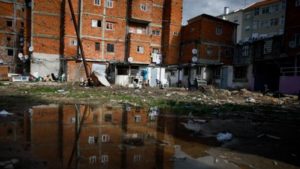 Once again police violence against an underprivileged community has hit the headlines. This time the battlefield is called Jamaica. Not the home of Bob Marley’s reggae but a ghettoized neighbourhood of merely black Afro-descendants in the southern outskirts of greater Lisbon.
Once again police violence against an underprivileged community has hit the headlines. This time the battlefield is called Jamaica. Not the home of Bob Marley’s reggae but a ghettoized neighbourhood of merely black Afro-descendants in the southern outskirts of greater Lisbon.
It all started with a quarrel between two residents, but it was when the police arrived that the story exploded. Police officers using excessive violence were captured by locals on video, that quickly went viral.
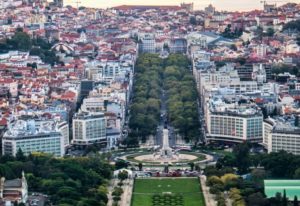 The next day around 300 black youngsters held a spontaneous demonstration at the prestigious Avenida da Liberdade, chanting ‘Stop racist police brutality’.
The next day around 300 black youngsters held a spontaneous demonstration at the prestigious Avenida da Liberdade, chanting ‘Stop racist police brutality’.
Police responded exorbitantly by firing rubber bullets and arresting four of the protesters.
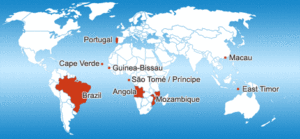 Slums proliferated in Portugal from the 1970s onward due to immigration from the former Portuguese colonies of Angola, Mozambique, Cape Verde, Guinee Bissau and Sao Tomé & Principe.
Slums proliferated in Portugal from the 1970s onward due to immigration from the former Portuguese colonies of Angola, Mozambique, Cape Verde, Guinee Bissau and Sao Tomé & Principe.
‘It is in the outskirts where the segregation of Portuguese speaking African immigrants began. Many of these neighbourhoods are regarded as ‘sensitive’ by the security forces but that doesn’t correlate with crime rates. It’s all about racial bias within the police force’, explains social worker Antonio Brito Guterres in the British newspaper the Guardian. Although the state forbids to collect data on ethnicity or race, the police does make use of ethnic profiling as evidenced by confidential police reports from 2016.
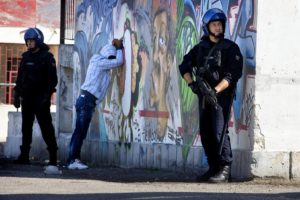 This story of police brutality reminds of the well-known case from February 2015, when 17 policemen were accused of a number of crimes against a group of black young people in Lisbon’s quarter Cova da Moura. Four years later the public prosecutor has dropped the charges of racism, torture and falsifying testimonies against all police officers!
This story of police brutality reminds of the well-known case from February 2015, when 17 policemen were accused of a number of crimes against a group of black young people in Lisbon’s quarter Cova da Moura. Four years later the public prosecutor has dropped the charges of racism, torture and falsifying testimonies against all police officers!
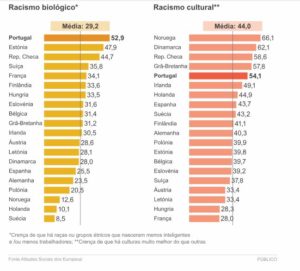 The UN Committee on the Elimination of Racial Discrimination has repeatedly declared being very concerned with racism in Portugal and the lack of measures taken for the benefit of the black immigrant population.
The UN Committee on the Elimination of Racial Discrimination has repeatedly declared being very concerned with racism in Portugal and the lack of measures taken for the benefit of the black immigrant population.
But with the continued perceived impunity of the police and the unwillingness to even consider the issue of institutional racism in the country, tensions between African descent communities and the security forces will remain.
Bom fim de semana Enjoy the weekend (pic Observador/Público)

 The introduction of sugar cane farming by the Portuguese into Madeira towards the first half of the 15th century – some decades before Columbus discovered America – meant that sugar could be exported, at first through Lisbon and then directly to the ports of Flanders (Antwerp and Bruges). In this way the consumption of the ‘white gold’ spread across the whole of Europe, altering people’s eating habits.
The introduction of sugar cane farming by the Portuguese into Madeira towards the first half of the 15th century – some decades before Columbus discovered America – meant that sugar could be exported, at first through Lisbon and then directly to the ports of Flanders (Antwerp and Bruges). In this way the consumption of the ‘white gold’ spread across the whole of Europe, altering people’s eating habits.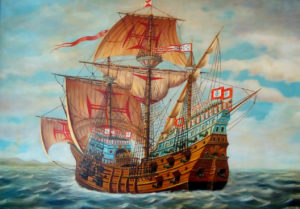 Although the archipelago of Madeira – geographically isolated in the middle of the Atlantic Ocean – had already been shown on earlier maps, it was only in 1418 that the first Portuguese navigators landed on the island of Porto Santo and subsequently discovered the much bigger island, Madeira.
Although the archipelago of Madeira – geographically isolated in the middle of the Atlantic Ocean – had already been shown on earlier maps, it was only in 1418 that the first Portuguese navigators landed on the island of Porto Santo and subsequently discovered the much bigger island, Madeira.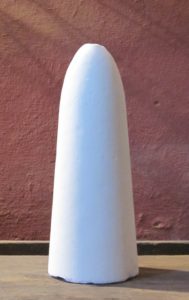 The newly introduced sugar-based economy called for important innovations such as ‘sugar mills’ and ‘grinding stones’, together with the use of special moulds that gave rise to the famous ‘sugarloaves’, the form in which refined sugar was produced and sold until granulated and cube sugars were introduced in the late 19th century. A tall cone with a rounded top was the end-product. The larger the loaf the lower the grade of sugar. A common size that time was 6.4 kg but the finest sugar from Madeira came in small loaves of only 1.4 to 1.8 kg.
The newly introduced sugar-based economy called for important innovations such as ‘sugar mills’ and ‘grinding stones’, together with the use of special moulds that gave rise to the famous ‘sugarloaves’, the form in which refined sugar was produced and sold until granulated and cube sugars were introduced in the late 19th century. A tall cone with a rounded top was the end-product. The larger the loaf the lower the grade of sugar. A common size that time was 6.4 kg but the finest sugar from Madeira came in small loaves of only 1.4 to 1.8 kg.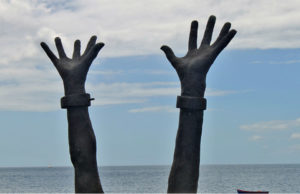 From the very beginning of its origins in Madeira, production completely relied on the use of slave labour. Captives were taken along the coast of North and West Africa and brought to work at the sugar mills. When the sugar production in the much vaster territory of Brazil got underway in the 16th century, Madeira lost its privileged position. Sugar from South America was simply cheaper.
From the very beginning of its origins in Madeira, production completely relied on the use of slave labour. Captives were taken along the coast of North and West Africa and brought to work at the sugar mills. When the sugar production in the much vaster territory of Brazil got underway in the 16th century, Madeira lost its privileged position. Sugar from South America was simply cheaper.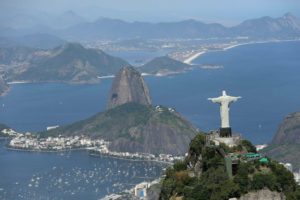 Sugarloaf mountain (
Sugarloaf mountain (